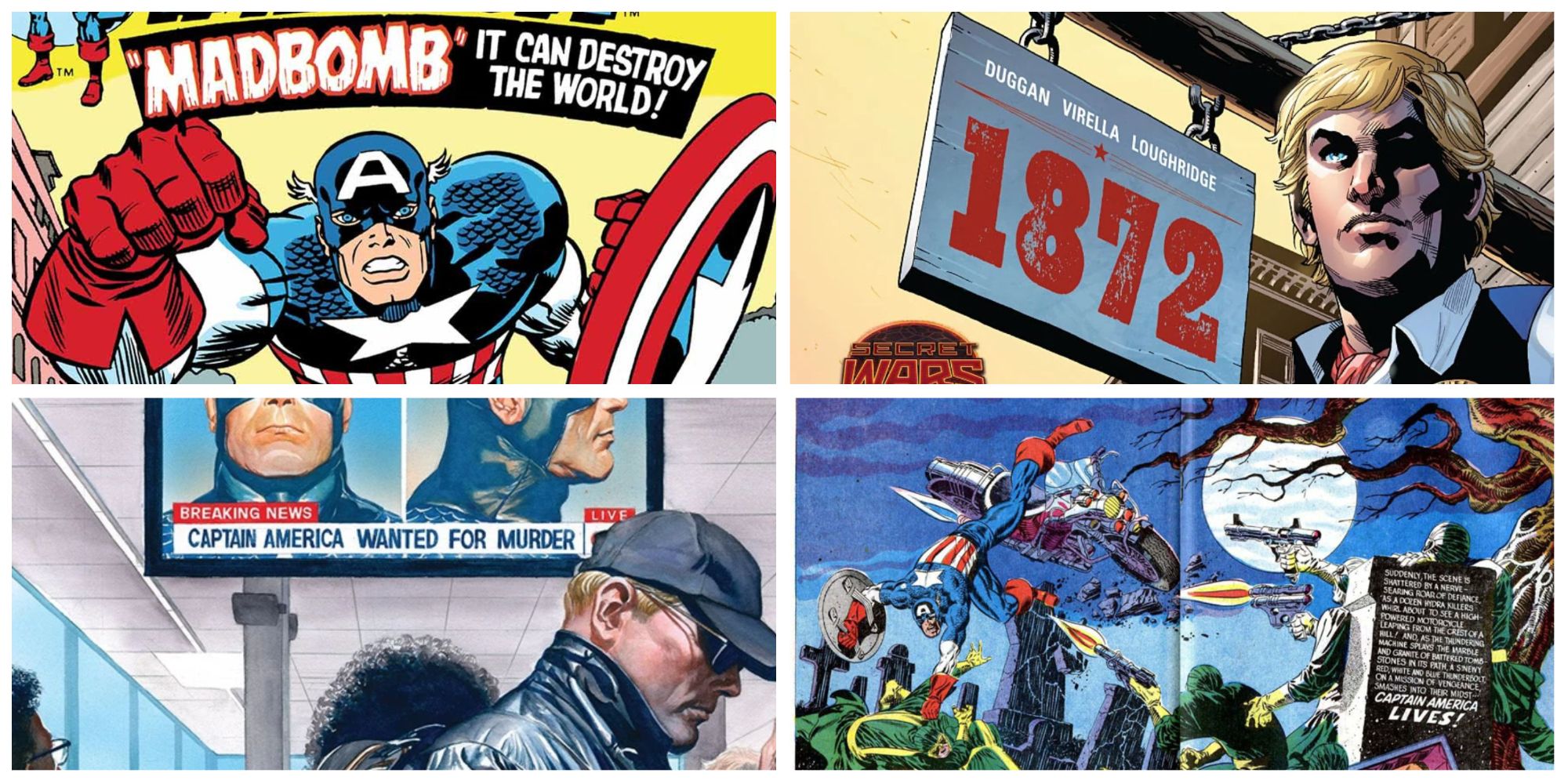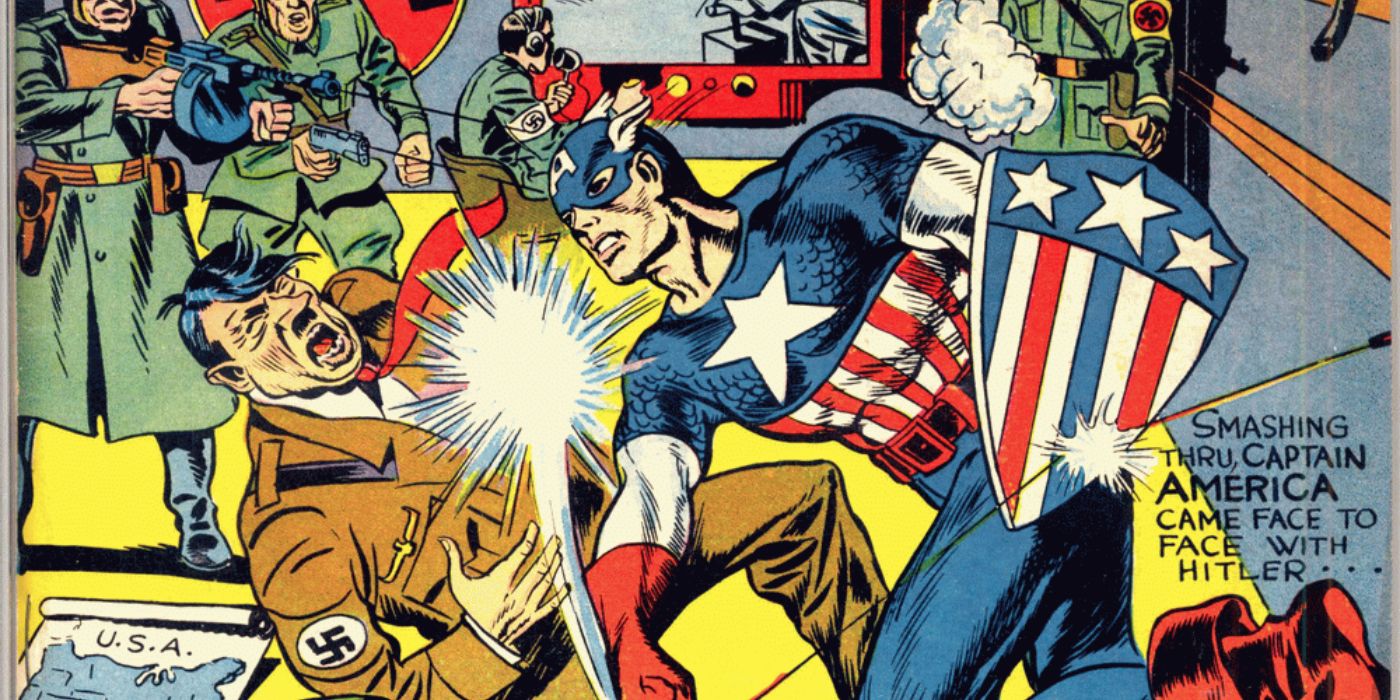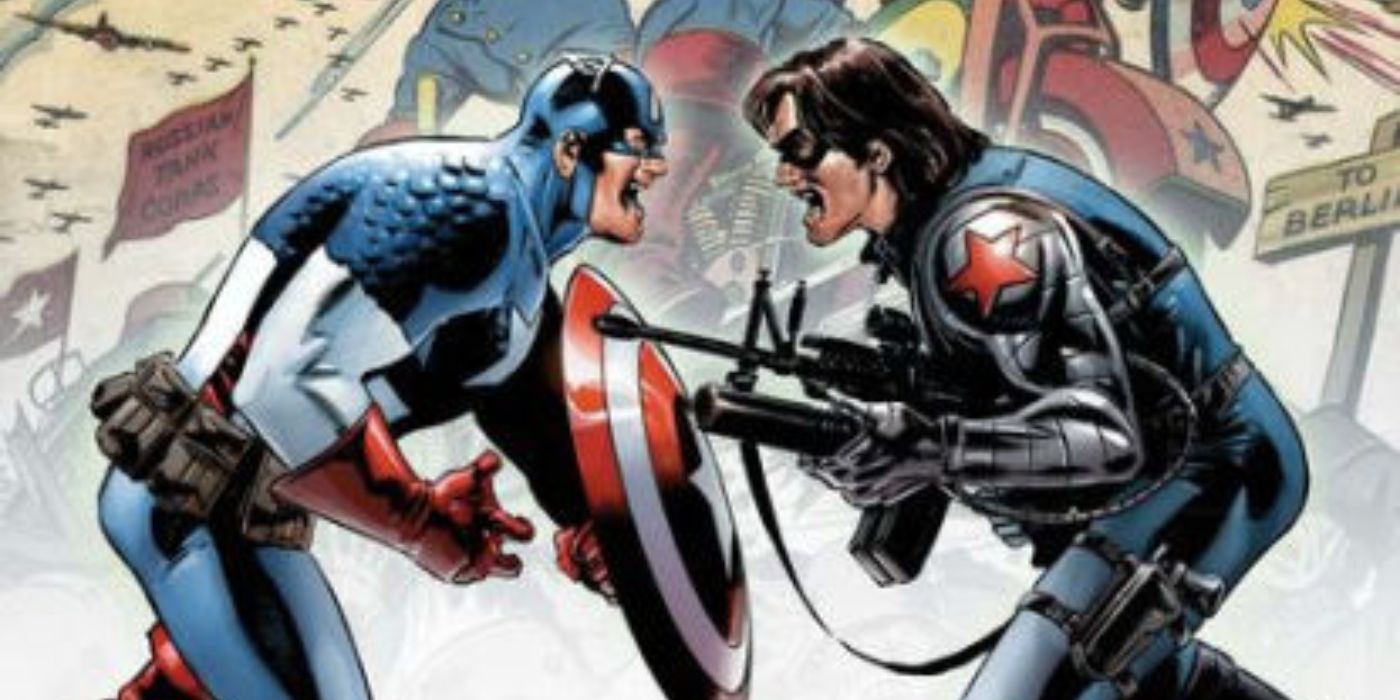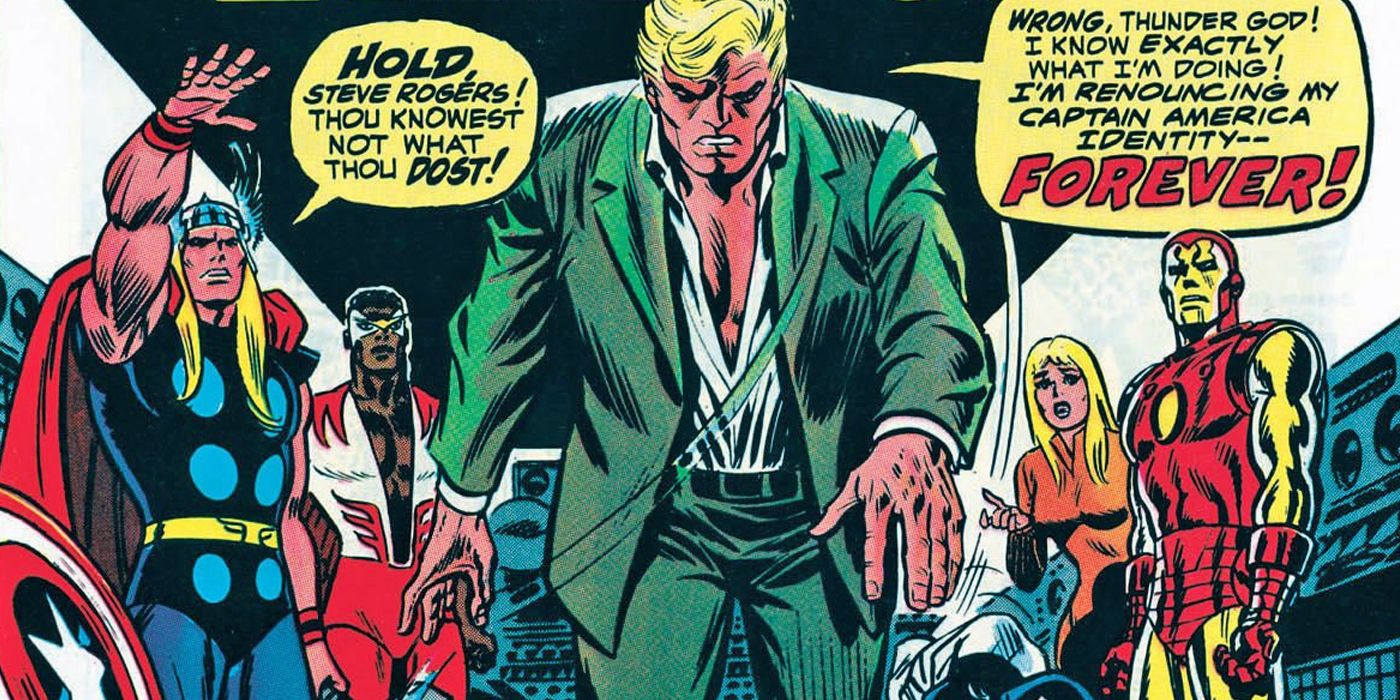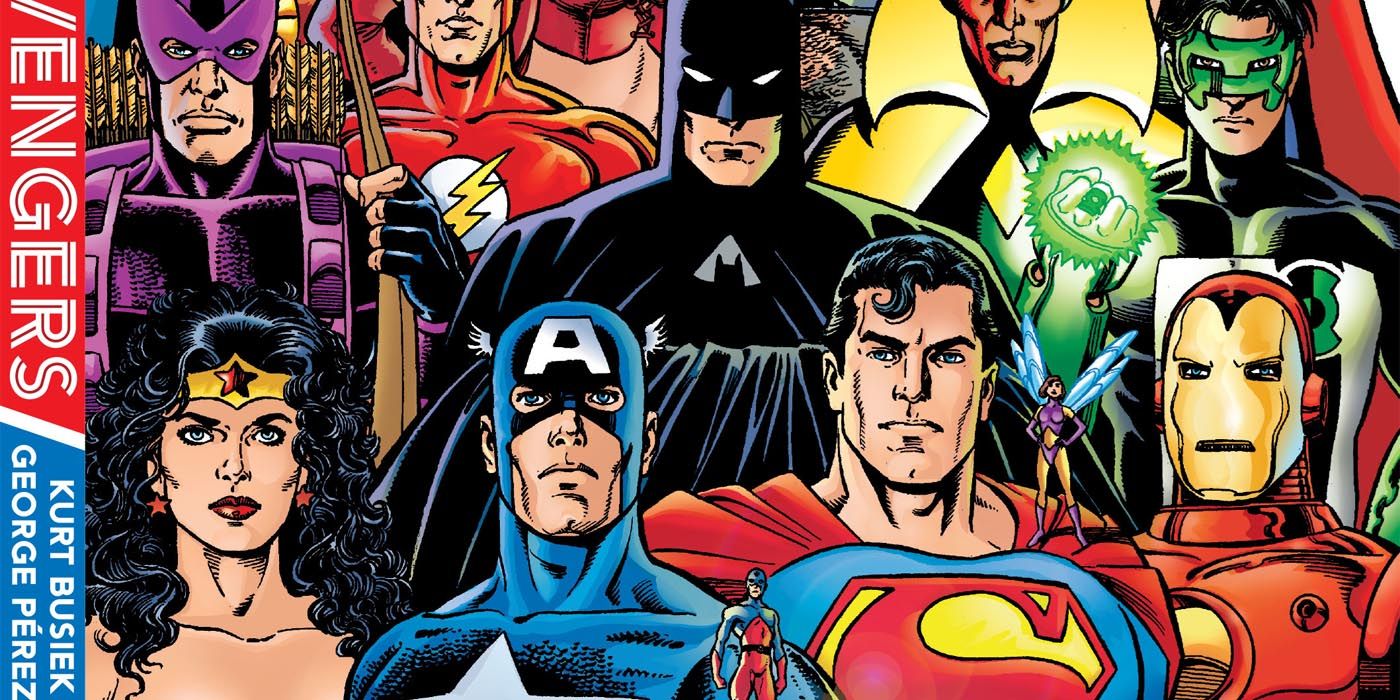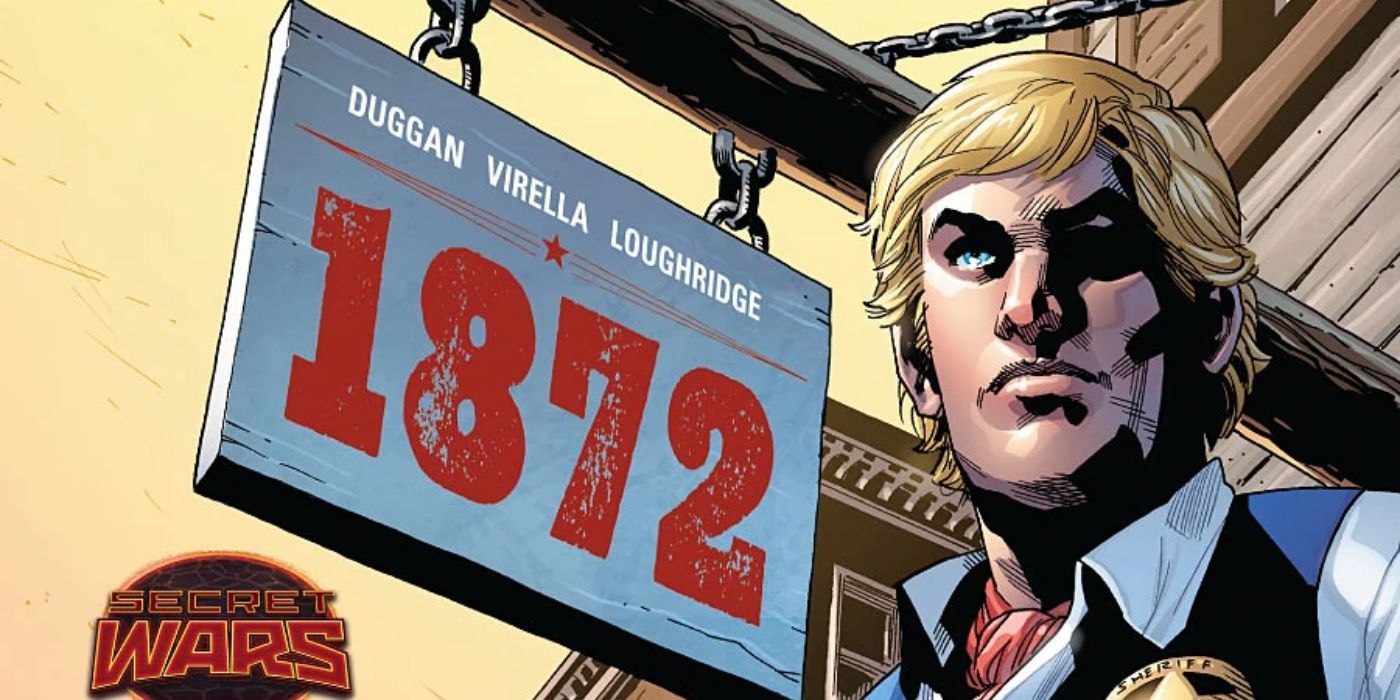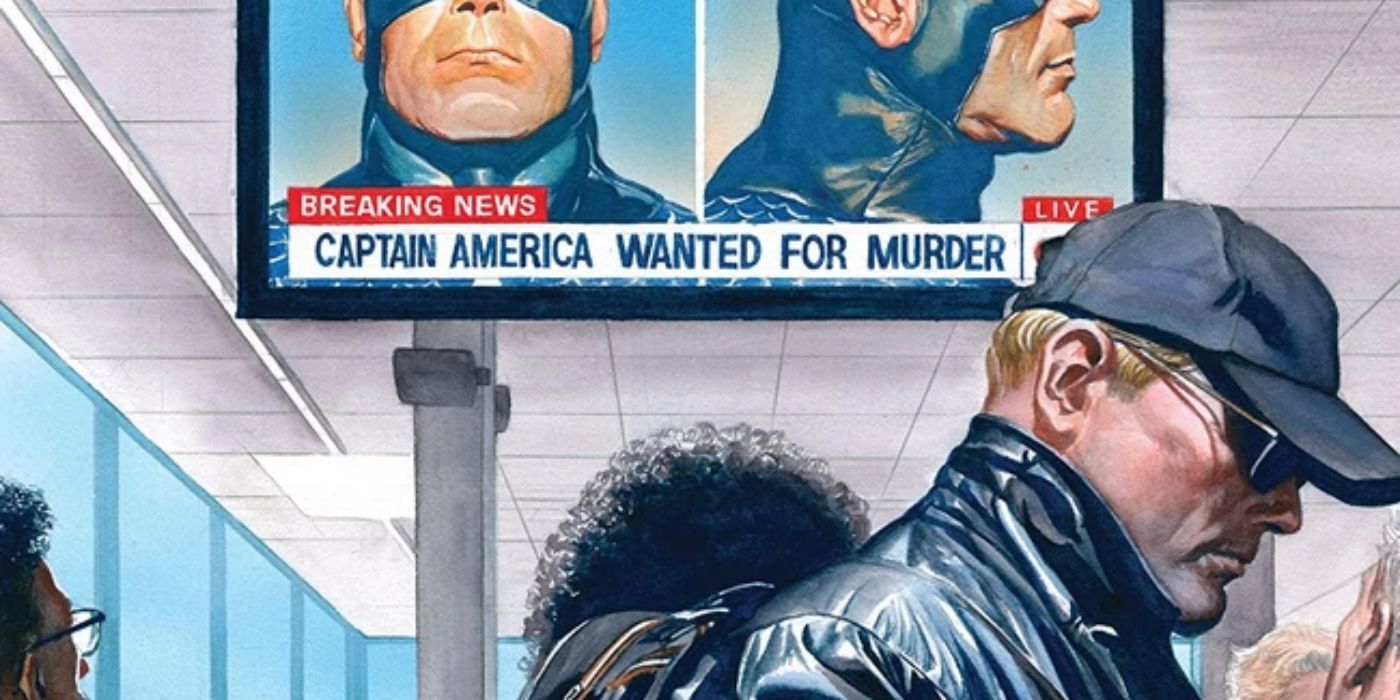Arguably the most iconic of Marvel’s Golden Age superheroes, Captain America is a legendary character. Since its inception in 1941, writers, artists and other creators have used the star-studded Avenger to tell stories of all stripes, from thoughtful examinations of American culture to half-hearted tales of bravery.
With over 80 years of stories, even the most devoted fans would scratch their heads trying to find a decent starting point. Luckily, Cap’s adventures have been told well by the creators over several decades, which means there’s a Steve Rogers (or Sam Wilson. Or Bucky Barnes. Or Danielle Cage) story out there for everyone.
ten For History Buffs: Captain America Comics #1-10
Of course, it’s always best to start at the beginning. While certainly not the most polished comics, the first ten issues of Captain America Comics are distinguished by their sheer audacity. Boasting a first issue cover featuring Captain America knocking out Adolf Hitler, creators Joe Simon and Jack Kirby faced death threats from pro-Nazi sympathizers for their work.
Those first ten issues also established the building blocks of the Captain America mythos, like his shield, the super-soldier serum, the Red Skull, and Bucky Barnes. In addition to Kirby and Simon’s incredible work, the third issue also features Stan Lee’s first superhero story.
9 For the 60s psychedelia lover: Captain America #110-1, 113
Jim Steranko’s impact on the comic book landscape is indelible. A pioneering storyteller with a background in stage magic, publicity and rock and roll, Steranko imbued late ’60s and early ’70s Marvel comics with the surrealism of Salvador Dalí and the pop art of Andy Warhol. .
Steranko’s Three Numbers Captain America feature heroic splash pages, stunning psychscapes, and character dynamism that made readers believe that a man could really move like Steve Rogers. Skillfully written by Stan Lee and inked by Joe Sinnott (#110-1) and Tom Palmer (#113), these issues are the pinnacle of ’60s comics.
8 For the Beginner: Captain America Vol 5 #1-9, 11-14
Captain America’s powerful symbolism has drawn a variety of excellent creators to the character, but few have explored the character as thoroughly and with such lasting impact as Ed Brubaker, alongside artists Steve Epting, Michael Lark, John Paul Leon and Lee Weeks. . Using his first story arc to break one of comics’ oldest rules (Bucky Barnes stays dead), Brubaker’s take on the character made Steve Rogers fans famous and loved in the MCU.
As Cap falls prey to the shadowy Winter Soldier, he questions who he can trust among his former allies and confronts his past in the modern era. The story arc that kicked off several of Eisner’s victories, The Winter Soldier is a great introduction to the character.
seven For those looking for Captain America as a political figure: Captain America and the Falcon #169-176
Captain America was born out of politics and through politics the character remains relevant. Writer Steve Engelhart (with Mike Friedrich on 176-172) and artist Sal Buscema brought this aspect of the character back to the fore with a storyline that explored a Marvel-style reflection of the Watergate scandal of 1972-4.
It was under Englehart’s tenure that Captain America became a nuanced symbol for the country, rather than just a symbol of American pride. Engelhart has Cap reflect on the greed and corruption that defined mid-century American politics, something that hasn’t left the character since.
6 For the reader of back issues: Captain America and the Falcon #193-200
Jack Kirby is one of the greatest artists of the 20th century. His dynamic character design, cosmic machinery, and talent for storytelling led him to create beloved properties like Thor, the Fourth World, and, of course, Captain America. However, there is one aspect of Kirby that is often underestimated: how weird he can be.
Kirby’s 1970s Returns To Captain America saw the artist unleashing the fullness of his creativity on the character as Cap and the Falcon sought to stop a secret society from unleashing “Madbombs”, devices that turn people into violent rampages. As the duo pursue the plot across the country, the two roller derby players battle and conservative counter-revolutionaries at the behest of Henry Kissinger.
5 For fans of The Falcon and The Winter Soldier: Captain America #332-350
Mark Gruenwald has the longest tenure of being the regular writer on a Captain America title, only one issue of #307-443 is missing (not including annuals). Gruenwald’s pen dug creative furrow after furrow, sprouting a series of characters, concepts, and plots that writers of all superhero mediums still draw from today.
One of the most fertile stories was issue #18 “Captain America No More”, a story that explored in more detail what would happen if Steve Rogers no longer wielded the shield. In a story with art by Tom Morgan and Kieron Dwyer, Cap takes on the government, U.S. Agent, and even Iron Man, fans are treated to a story that separates in-universe political significance from Captain’s identity. America.
4 For the Avengers lover: JLA/Avengers
Writer Kurt Busiek and artist George Pérez JLA/Avengers is a triumph of everything that makes the Big Two great. Featuring nearly every hero, villain, and costume to appear in a avengers Where Justice League comic, JLA/Avengers is a love letter to the genre that defines comics.
Besides being a great story of the Avengers and the Justice League, the miniseries sheds light on what sets Captain America apart from a legion of superheroes. Highlights include Captain America battling Batman to a standstill and joining forces with Martian Manhunter to telepathically lead the combined teams in a time battle for the fate of the multiverse.
3 For the alternate universe fan: 1872
As Marvel’s favorite super stable horse, Captain America has appeared in just about every what if story never published. One of the finest examples of an alternate Steve Rogers is found in 1872a western story that features the captain as the sheriff of Timely New Mexico.
In a story told by Gerry Duggan and Nik Virella, Steve Rogers is a perfect fit as the sheriff of Timely, using his office to bring justice and protect the innocent. The story is also a great exploration of the inspiration of the man Steve Rogers, as his actions lead others to found a Western version of the Avengers.
2 For Prime Subscriber: Captain America Vol 9 #13-19
When acclaimed writer Ta-Nehisi Coates began a run for the title in 2018, he brought his literary chops and eye for social commentary to Trump-era Steve Rogers. Using his background as a political journalist, Coates explored aspects of the character in a way that had never been done before.
With art by Jason Masters, Sean Izaakse, Niko Walter, Robert Quinn, Bob Quinn and Lucas Werneck “The Legend of Steve” saw Coates tackle issues of immigration, police brutality, the justice system and of American fascism in a story where Captain America was on the run from a murder charge. Lavishly illustrated and socially sharp, the arc is a highlight of Coates’ run.
1 For the Continuity Lover: Spider-Man: Life Story
While writer Chip Zdarsky and illustrator Mark Bagley’s six-issue Spider-Man: Life Story is primarily based on the life of Peter Parker, the decades-spanning series also explores the Marvel Universe as it might have progressed in real time. While not a main cast member, Cap’s screen time is nonetheless well crafted.
Each issue explores a different decade in the Marvel Universe. As fans watch the events of the Marvel Universe unfold over the decades they were published, they also appear against historical events, which means Captain America’s reactions to the Vietnam War and the law on the recording of superheroes unfold with fascinating consequences.

